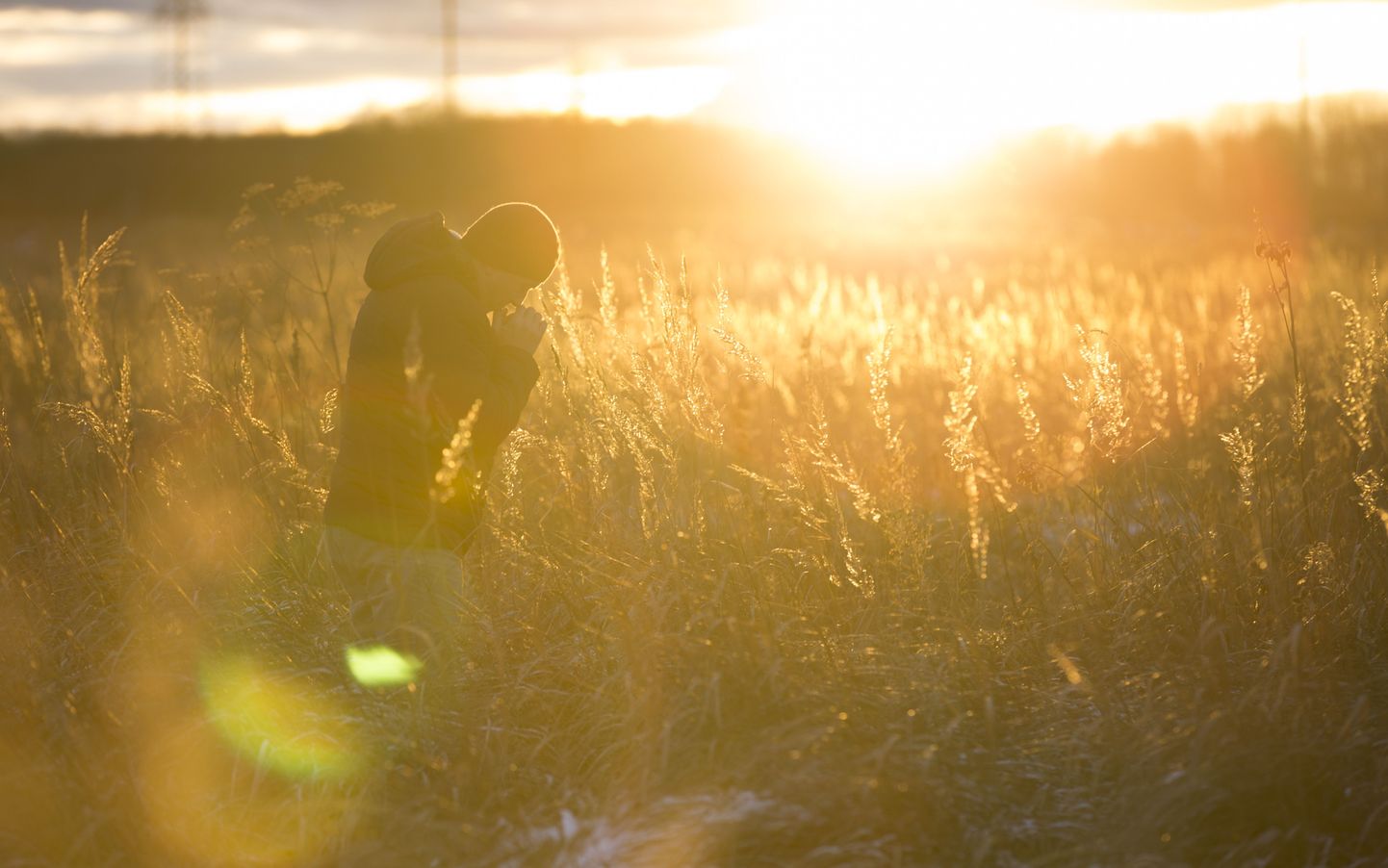Meanwhile, the amount of suicides in Estonia has gradually fallen. True: last year Statistical Office counted 236 suicides which are still 27 more than the year before that. Among them, women amounted to a fifth. At the same time, 2012 has almost the same number of suicides than 2014.
In 2005 there were 273 suicides after which the figure went down till 2008 (242) and in 2009 it may have been the economic crisis that boosted it to 269, after which the welcome decline set in again. Even so, the worst of times belong to the 1990ies – in the gloomy record year of 1994, Estonia suffered 614 suicides.
«When treating suicide as adaptation disorder, we may say that the society has stabilised,» said Ms Värnik. Some suicides also remain unidentified. «This, for instance, goes for the bodies found where the autopsy fails to show for sure what was the cause of death.»
Last year, the suicides included two youths aged 10–14, and nine aged 15–19. The numbers highest among men and women aged 45–54.
North Estonian Regional Hospital mental clinic head Kaire Aadamsoo said they have never had lots of empty beds. «Always, the beds occupancy is over 90 percent. True, in August and September the load eases a bit,» she said. «Perhaps, over the millennia, natural selection has sifted out those who were sick during potato-picking and harvest? Well this surely is an altogether unscientific answer.» Anyway, this autumn is nothing out of the ordinary for their clinic, she noted.

